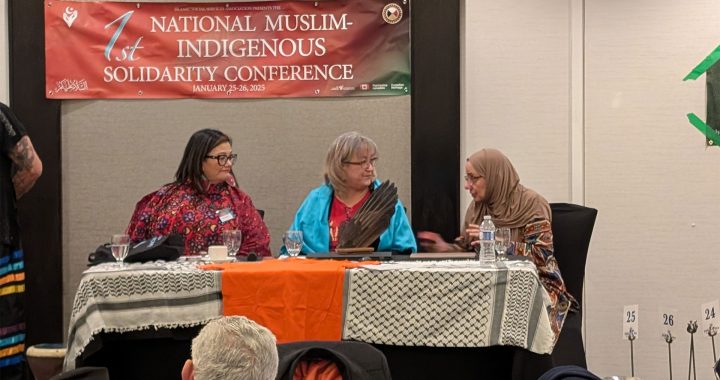
In light of increasing extreme weather and climate incidents and a record-breaking wildfire season across the country, a researcher for the Yellowhead Institute said Indigenous leaders should think twice before participating in the resource extraction industry.
“I think we are only going to continue to see this kind of destruction happen,” said Rob Houle, Yellowhead Institute fellow and author of Redwashing Extraction.
Houle said that in addition to all levels of government taking action on climate change, he hopes to see serious conversations among Indigenous leaders about participating in resource extraction.
“I think it is time for Indigenous leaders and communities to take a look at how much participation in resource extraction is too much and how to mitigate some of these things and push towards water conservation and other things we know will help to curb forest fires,” said Houle.
A hot and dry spring has meant that there has been little precipitation to help firefighters battle the blazes.
Canada has now passed a wildfire milestone with five million hectares burned so far this year.
The federal government announced that Canada is now experiencing its worst wildfire season of the 21st century. There are more than 430 wildfires currently raging across the country.
“All these forest fires are a culmination of ongoing resource extraction projects,” said Houle.
New research has drawn a direct and measurable link between carbon emissions traced back to the world’s major fossil fuel producers and the increase in extreme wildfires across western Canada and the United States.
The peer-reviewed study, published in the journal Environmental Research Letters, found that 37 per cent of the total burned forest area in Western Canada and the United States between 1986 and 2021 can be traced back to 88 major fossil fuel producers and cement manufacturers.
“Increases in burned forest area across the western United States and southwestern Canada over the last several decades have been partially driven by a rise in vapor pressure deficit, a measure of the atmosphere’s drying power that is significantly influenced by human-caused climate change,” said the researchers of the study.
Communities’ health and mental wellness affected
“The wildfire, which started off as a small fire grew and grew and grew until the point where the community had to be evacuated. That was a significant amount of stress,” said Melody Lepine, director of government and industry relations at Mikisew First Nation to APTN News.

She said this stress is just compounded by issues that the members have had to face this year. There have also been concerns about water quality after news that the Imperial Kearl tarsands mine has a tailings pond that has been leaking for over ten months.
“There was also a local state of emergency. We are dealing with mental health and rates of suicide,” said Lepine.
Lepine said the community of Mikisew have been trying to raise awareness of issues from resource extraction and BC Hydro dams for years.
“Our delta is drying up… we went to UNESCO talking about the lack of fresh water and the drying of the delta,” said Lepine.
She said that going forward, making sure that Indigenous communities have the resources to respond to climate change and adaptation will be essential.
“There’s not enough resources applied to Indigenous communities to empower Indigenous communities like our own to be able to respond to these wildfires,” said Lepine.
Read More:
While tailings pond leaked, Imperial Oil lobbied Alberta government on ‘cost-effective’ regulation
Unusual spring fire season will affect animals

Spring fires, such as the ones now burning across the country, are unusual and will possibly affect several species, said Karen Hodges, a biology professor at the University of British Columbia.
“If the tree with a nest burns, those eggs or chicks obviously will not survive. The adults may be able to escape the fire, but the chances that they would reproduce again somewhere else is unlikely for this year. I think one immediate impact is that many individuals will fail to breed this year. Some will die,” she said in a recent interview with the Canadian Press.
Hodges fears things will only get worse, with months of hotter temperatures ahead.
“I do expect a lot of animals to be displaced or killed,” she said.
“I do expect some populations in some regions to be gone, or small, for decades to come as a result of this year’s burns.”
With files from the Canadian Press










